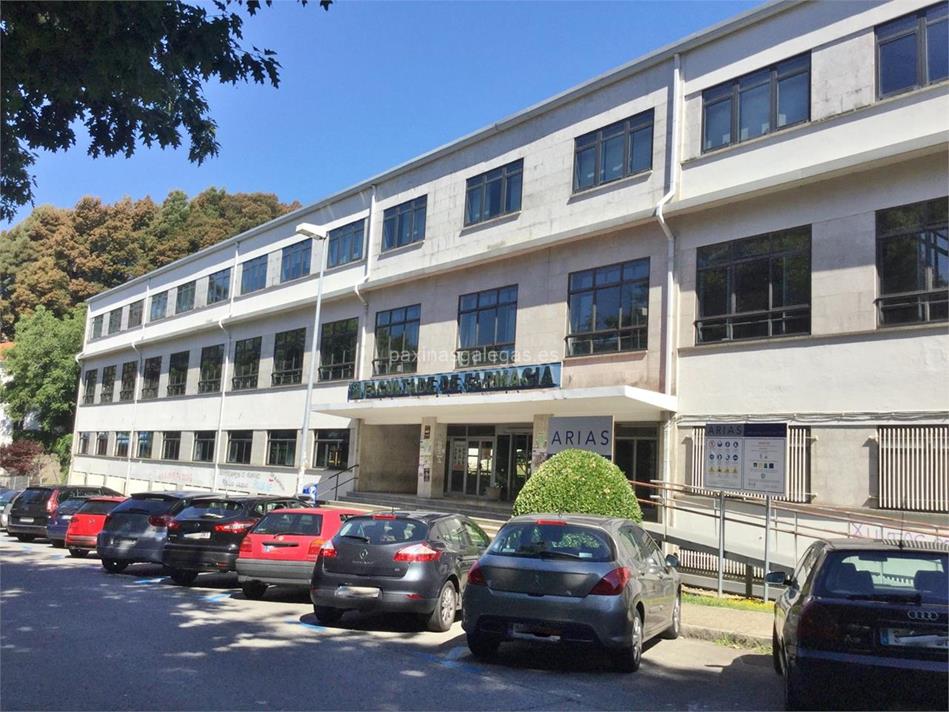
This institution was the headquarters of the so-called Casa de la Inquisición, located on the site currently occupied by the Hotel Compostela in the Plaza de Galicia. Despite the existing demand for drug-related studies, in those six years of operation, the Colegio de San Carlos was not consolidated.
In 1857, as a result of a new Law of Public Instruction, the Faculty of Pharmacy of Santiago was created, thus joining the three that had opened in Spain over the previous years: In Madrid, Barcelona and Granada. Thus, the University of Santiago de Compostela started to teach specific studies for future pharmacists.
The new Faculty was located in the Colegio de Fonseca, the centre of the University of Compostela from the 16th century to the mid-18th century. The building was shared with Medicine until its teaching moved to a new building in San Francisco Street in 1928. Both teachings, Pharmacy and Medicine, were always closely related, sharing classrooms and laboratories.
It was in Fonseca, a Renaissance palace of great beauty, where the Faculty of Pharmacy began to develop, chair by chair, professor by professor. Some new professors joined the Compostela faculty from the other Spanish Pharmacy faculties, willing to carry out their research in its small laboratories, overcoming all kinds of material difficulties. Others, the so-called "round trip professors", used the faculty as a "bridge" to reach other more desirable destinations, such as Madrid or Barcelona, staying in Santiago in some cases for barely a month.
In spite of the fact that it had rooms that were not very appropriate for academic life, the commitment of those who worked there made it possible for the first scientific works carried out in the Faculty of Pharmacy of Santiago to be published at the beginning of the 20th century.
In Fonseca, in the summer of 1936, was created the Military Pharmacy Laboratory of the Northern Army, when after the outbreak of the Civil War, teaching activities were suspended for three long, horrific years. And its stone walls saw the return of teachers and students - not all of them, for one reason or another - in a new political and social framework, in which recovering the academic and scientific level of the pre-war period took a considerable effort.
The commitment and work of men and women of science consolidated a Faculty that in 1971 left “Fonseca sad and alone” to expand in the new, modern building of the South Campus. There, the enrolment of students, from different places of origin, experienced a very significant growth and provided the necessary drive to make the Faculty of Pharmacy of Santiago the prestigious institution it is today.